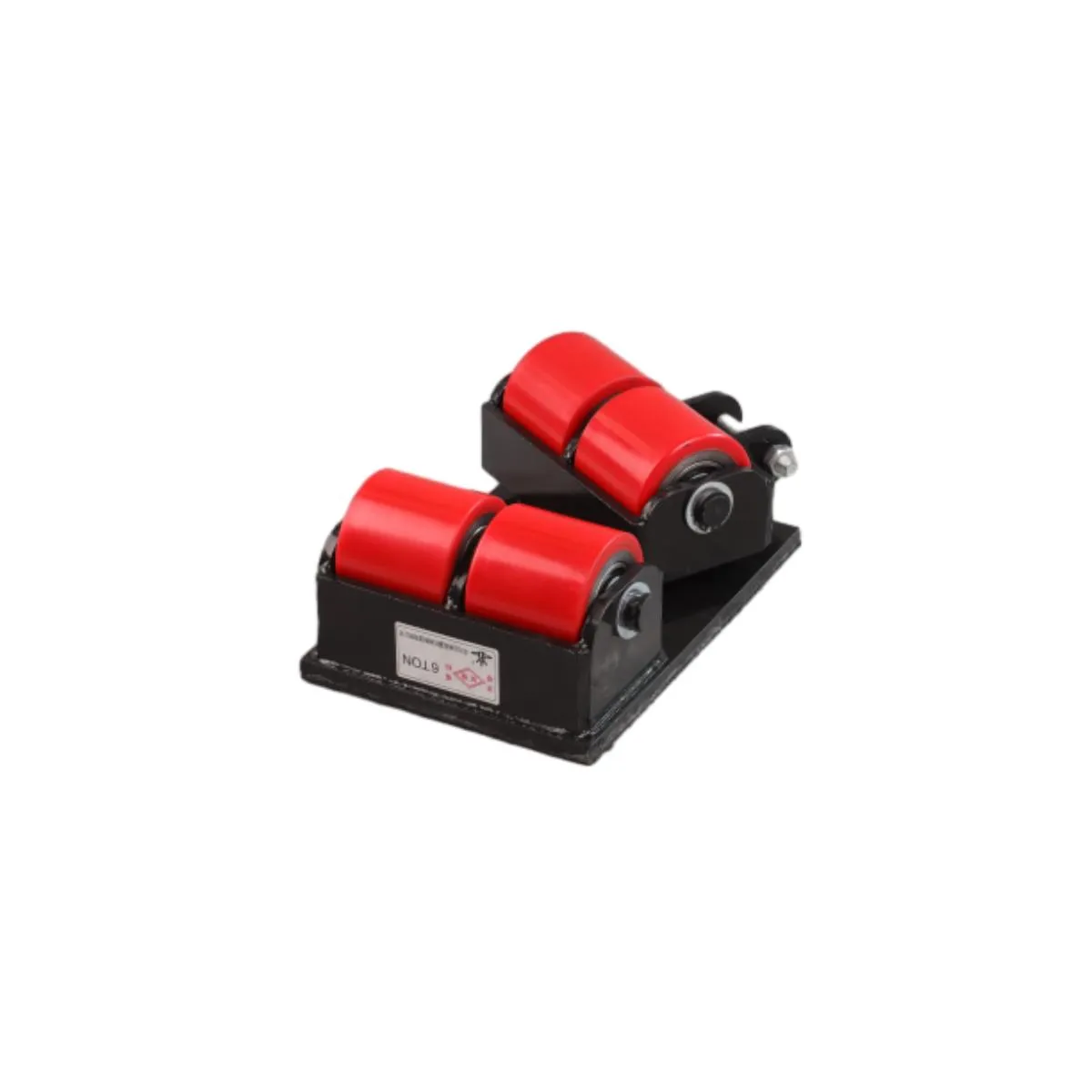heavy lifting magnets
Heavy Lifting Magnets Revolutionizing Industrial Applications
In the realm of industrial lifting equipment, heavy lifting magnets have emerged as a powerful solution for moving and manipulating ferrous materials. As industries continually seek more efficient ways to handle heavy loads, the adoption of these magnets is transforming the landscape of material handling and logistics.
What Are Heavy Lifting Magnets?
Heavy lifting magnets, also known as electromagnetic or permanent lifting magnets, are specialized tools designed to pick up and transport ferrous objects, such as steel plates, rods, and machinery components. These magnets leverage the principles of magnetism to create a secure grip on the materials, allowing for safe and efficient lifting. There are two main types of heavy lifting magnets electromagnetic magnets, which require a power source to generate magnetism, and permanent magnets, which maintain their magnetic properties without a power supply.
How They Work
The functionality of heavy lifting magnets is rooted in the science of magnetism. Electromagnetic lifting magnets operate by passing an electric current through a coil wrapped around a ferromagnetic core, generating a magnetic field that can be switched on and off. This on/off capability is particularly useful in applications where precise control over the lifting process is required.
On the other hand, permanent magnets utilize rare-earth materials or ferrite to create a magnetic field that is always on. These magnets are often praised for their reliability, efficiency, and low maintenance costs, as they do not require an external power source.
Advantages of Heavy Lifting Magnets
1. Increased Safety One of the most significant benefits of using heavy lifting magnets is the enhanced safety they bring to lifting operations. The secure grip of a magnet reduces the risk of dropped loads, which can lead to accidents, injuries, and damage to materials.
heavy lifting magnets

2. Efficiency and Speed Heavy lifting magnets allow for faster loading and unloading processes compared to traditional slings, chains, or hooks. This efficiency can lead to higher productivity levels in manufacturing and construction environments.
3. Reduced Labor Costs By minimizing the need for multiple personnel to handle heavy loads, businesses can reduce labor costs and streamline their operations. Heavy lifting magnets enable one operator to safely lift and move substantial items.
4. Versatility These magnets can be used across various industries, including construction, manufacturing, automotive, and recycling. Their ability to handle different shapes and sizes of materials makes them a versatile tool for various applications.
5. Minimal Damage The smooth surface of heavy lifting magnets minimizes damage to the material being lifted. Unlike traditional lifting methods, which can cause scratches or dents, magnets ensure a clean lift.
Applications
Heavy lifting magnets find applications in a wide array of industries. In the steel industry, they are used for handling large sheets and coils. In warehouses and distribution centers, they can assist in moving heavy equipment or pallets. Furthermore, in recycling facilities, these magnets are invaluable for sorting and transporting metal scraps.
Conclusion
Heavy lifting magnets are undeniably changing the way industrial operations function. With their ability to enhance safety, improve efficiency, and reduce labor costs, these magnets are becoming indispensable tools in modern material handling. As technology progresses, the potential for further advancements in magnet technology promises even greater benefits, solidifying the role of heavy lifting magnets in the future of industry. Whether used in lifting heavy machinery or transporting materials, these innovative devices are set to play a crucial role in the evolution of industrial practices.
-
Unlock Seamless Relocation with Our Heavy Equipment Moving ExpertiseNewsJun.06,2025
-
Unleash Unrivaled Flexibility with Our Adjustable Gantry CraneNewsJun.06,2025
-
Unleash Heavy-Duty Efficiency with Our Industrial Gantry Crane SolutionsNewsJun.06,2025
-
Revolutionize Steel Handling with Our Magnetic Lifter RangeNewsJun.06,2025
-
Master Equipment Mobility with Premium Machinery Mover SolutionsNewsJun.06,2025
-
Elevate Your Material Handling with Magnetic Lifter TechnologyNewsJun.06,2025
-
YS Permanent Lifting Magnets: The Smarter Way to Handle SteelNewsMay.22,2025
